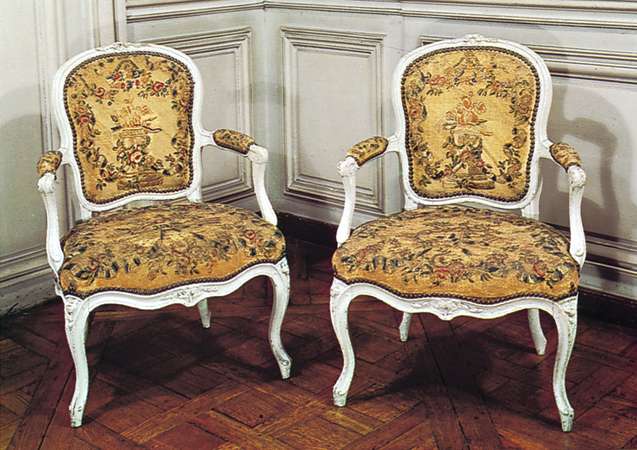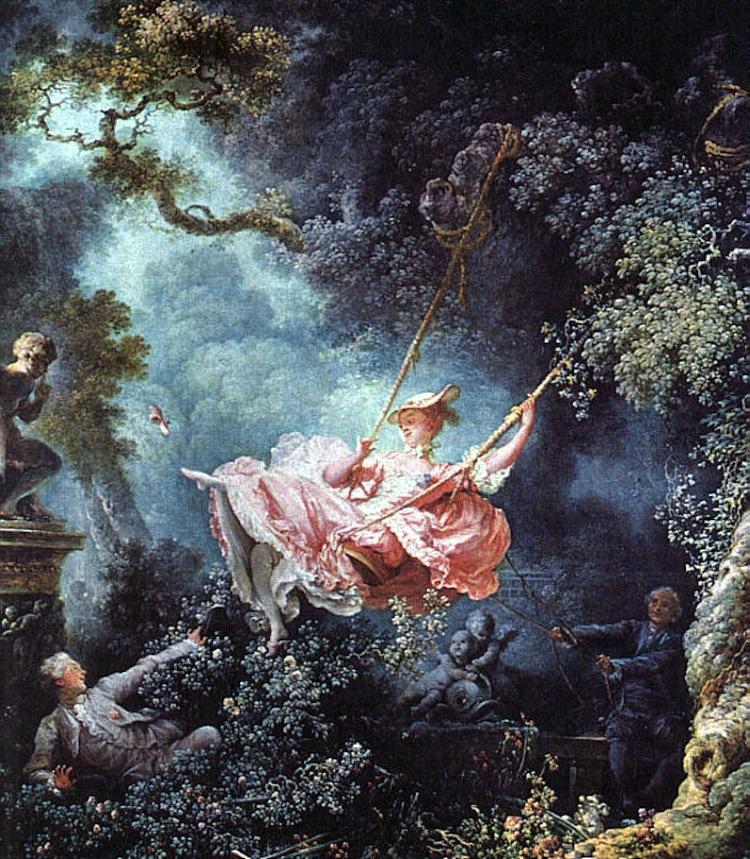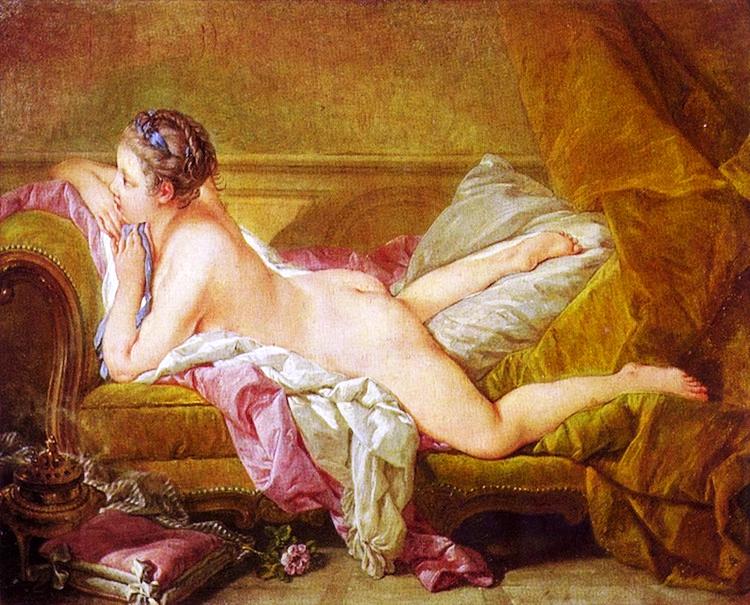A Brighter Day with Pastels
Week 3 of Survey Design involved a small case of entertaining, historical drama. What stuck out to me was the backstabbing of Johannes Gutenberg by Johann Fust. The thought of stealing a person’s work without acknowledging them to gain a full benefit- to me, is unfair and sickening.
Despite this interesting ordeal, we also covered the arrival of the printed press and of the Baroque and Rococo periods. Through research, I found that both eras seem to mention differences in using colour.
More is known of colour usage during the Baroque period, but that’s not what I want to discuss with you today. In short, we’re going to talk about the colours of its biological child, the Rococo period.

The Rococo period began when art conveying youthful vibes were requested by Louis XIV in 1699. The term ‘rococo’ originates from the French word ‘rocaille’, meaning ‘rockery’ or ‘shell incrustation’ in English.
The term is associated with a French art movement that resulted in a transition from the deep colours of the Baroque period. This change was seen in interior architecture and art.
Other than the vibrant exteriors, Rococo interiors were muted, and softer in colour compared to Baroque interiors. The wooden components of furniture were coated with white lacquer or gold, while cushioned parts were usually coloured light green or yellow.
On a side note, matching the colour of women’s clothing with Rococo furniture was a preferred practice as well.
Art had an appealing change from expressing dramatic moments in the Baroque era, to positive and happier events. To indicate this more positive vibe, artists also resorted to utilizing light pastel colours alongside Rococo interiors.

Jean-Honoré Fragonard makes use of pastels in the famous ‘The Swing’, in which a young woman sports a light pink dress as she swings to and fro. The use of pastel pink assists in depicting a moment of joy.
François Boucher’s Blond Odalisque also includes pastel colours which contrast with the golden or yellowish surroundings. Pastel blue and again- pink, were used, combined with a naked female figure to give off a more intimate vibe compared to Fragonard’s joyful piece.

The artistic trend that existed in this era was a more light hearted and intimate approach to art, with artists in this period veering towards a playful manner in their works.
Pastel colours in the Rococo period were a huge leap in aesthetic value; escaping the dramatic, deep colours that once shrouded the Baroque period for the lighter spectrum of pastels.
WORKS CITED
- Charles, Victoria, and Klaus H. Carl. Rococo. Parkstone International, 2010. EBSCOhost, search.ebscohost.com/login.aspx?direct=true&db=nlebk&AN=436229&site=eds-live&scope=site.
- “Rococo style.” Britannica Concise Encyclopedia, Encyclopaedia Britannica, Britannica Digital Learning, 2017. Credo Reference, https://search-credoreference-com.ezproxy.capilanou.ca/content/entry/ebconcise/rococo_style/0?institutionId=6884. Accessed 09 Oct. 2019.
- “Rococo.” The Bloomsbury Guide to Art, edited by Shearer West, Bloomsbury, 1st edition, 1996. Credo Reference, https://search-credoreference-com.ezproxy.capilanou.ca/content/entry/bga/rococo/0?institutionId=6884. Accessed 10 Oct. 2019.
- “Rococo.” The Thames & Hudson Dictionary of British Art, edited by David Bindman, and Nigel J. Morgan, Thames & Hudson, 1st edition, 1988. Credo Reference, https://search-credoreference-com.ezproxy.capilanou.ca/content/entry/thba/rococo/0. Accessed 10 Oct. 2019.
- Richman-Abdou, Kelly. “Celebrate the Elegance and Exuberance of French Rococo Art.” My Modern Met, 27 Apr. 2018, mymodernmet.com/rococo-art/.
- All That’s Interesting. “The Rococo Art Movement That Dominated The Seventeenth & Eighteenth Century.” All That’s Interesting, All That’s Interesting, 7 Aug. 2019, allthatsinteresting.com/rococo-art-movement.
Krén, Emil, and Daniel Marx. “Blond Odalisque (L’Odalisque Blonde).” Blond Odalisque (L’Odalisque Blonde) by BOUCHER, Franois, Web Gallery of Art, www.wga.hu/html_m/b/boucher/2/o_murph.html.
IMAGES OBTAINED FROM
- https://allthatsinteresting.com/rococo-art-movement
- https://www.britannica.com/art/Rococo